When it comes to self-expression and body adornment, tattoos have become increasingly popular. Whether it's a small symbol with significant meaning or a full sleeve depicting an intricate design, tattoos have the power to make a statement and leave a lasting impression. If you've ever wondered what goes into the process of getting a tattoo, read on as we delve into the world of giving tattoos and explore the artistry behind it.


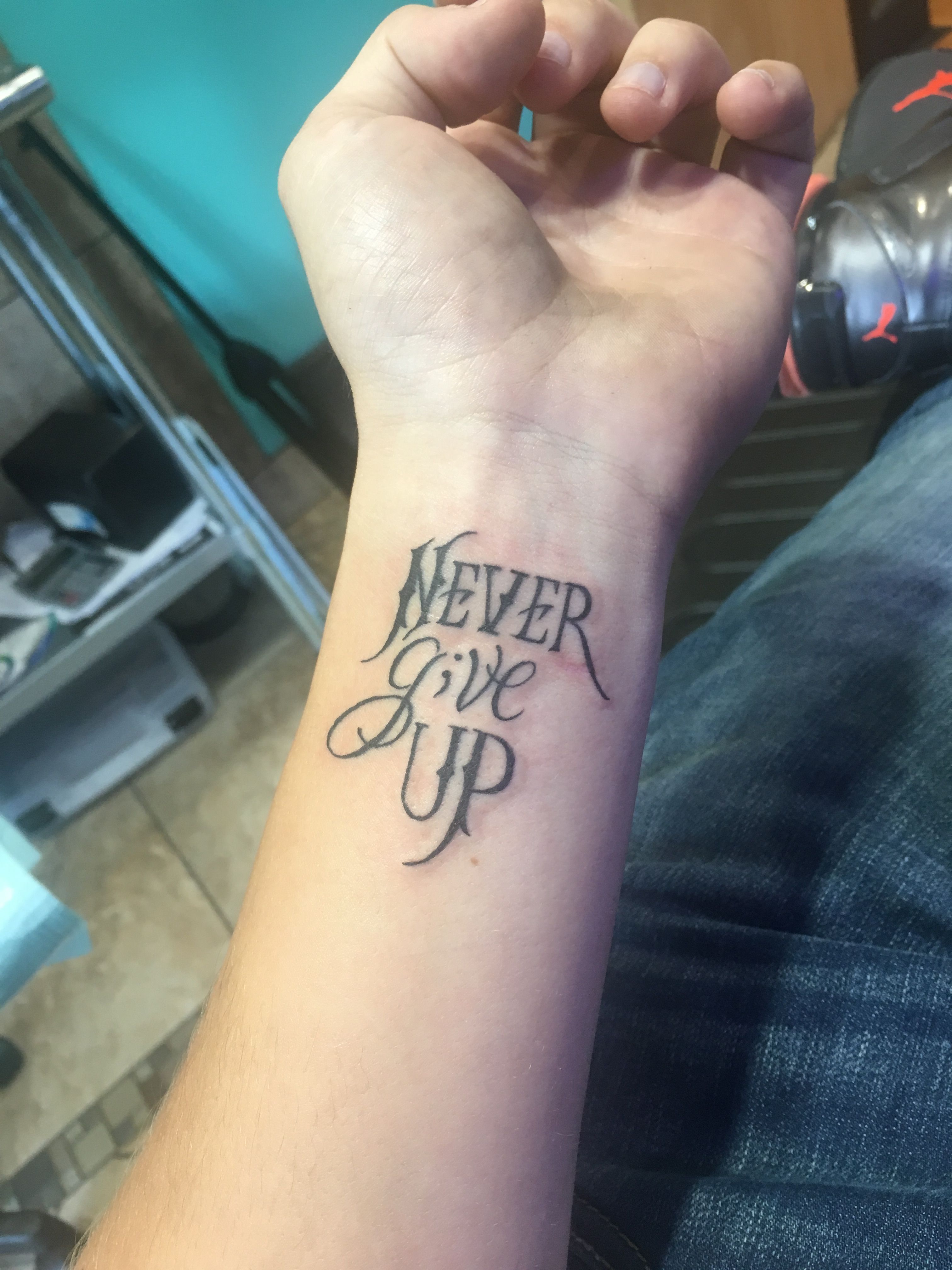









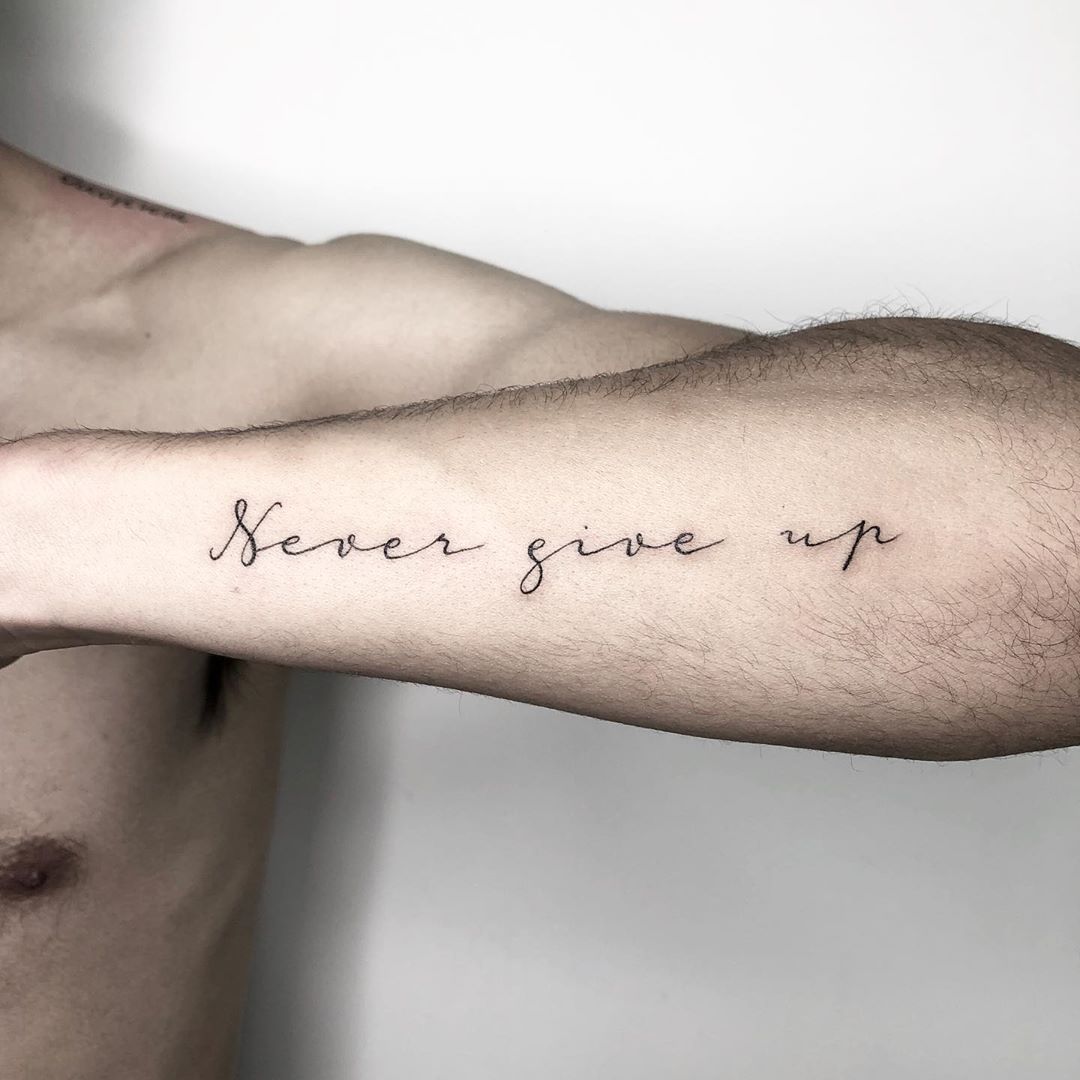
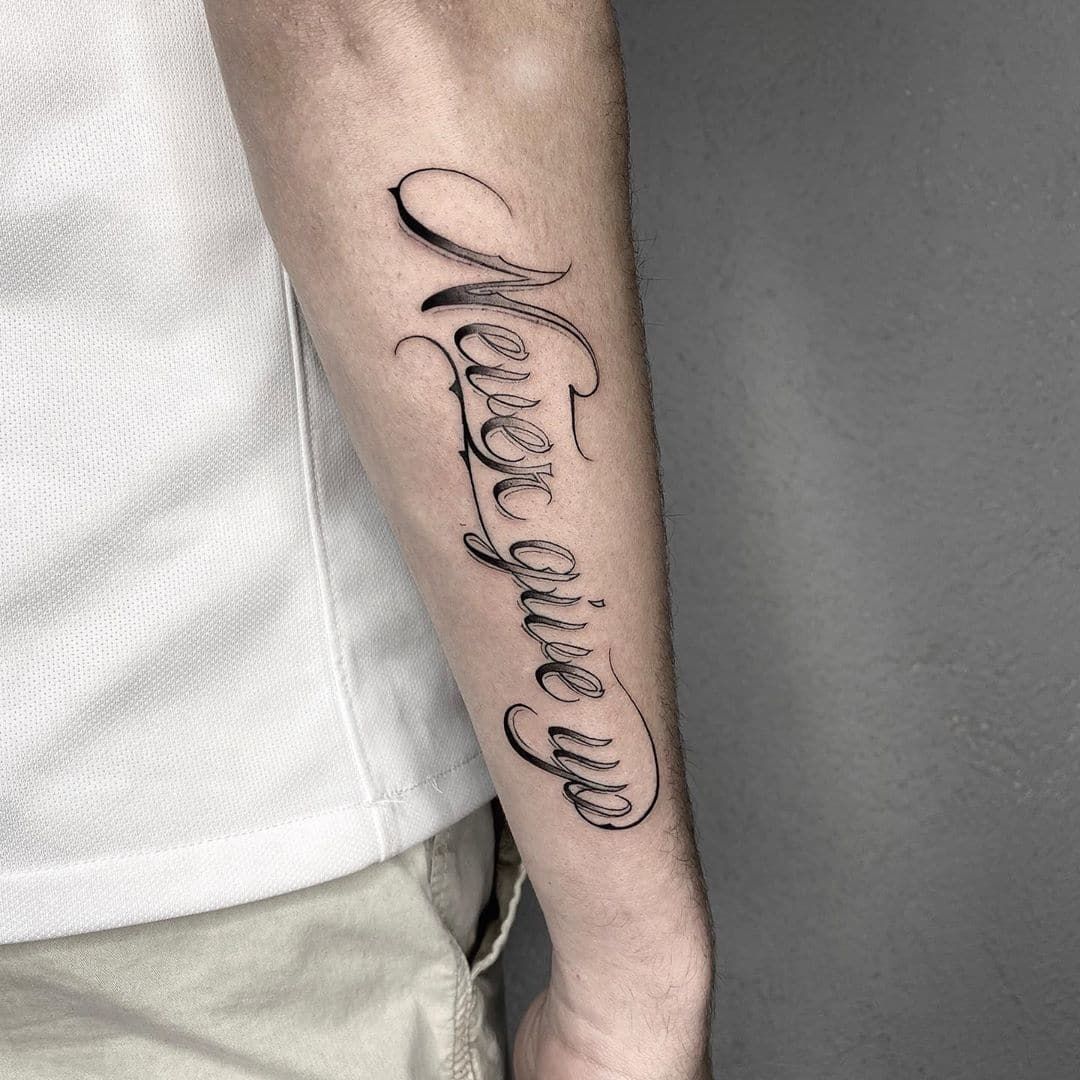


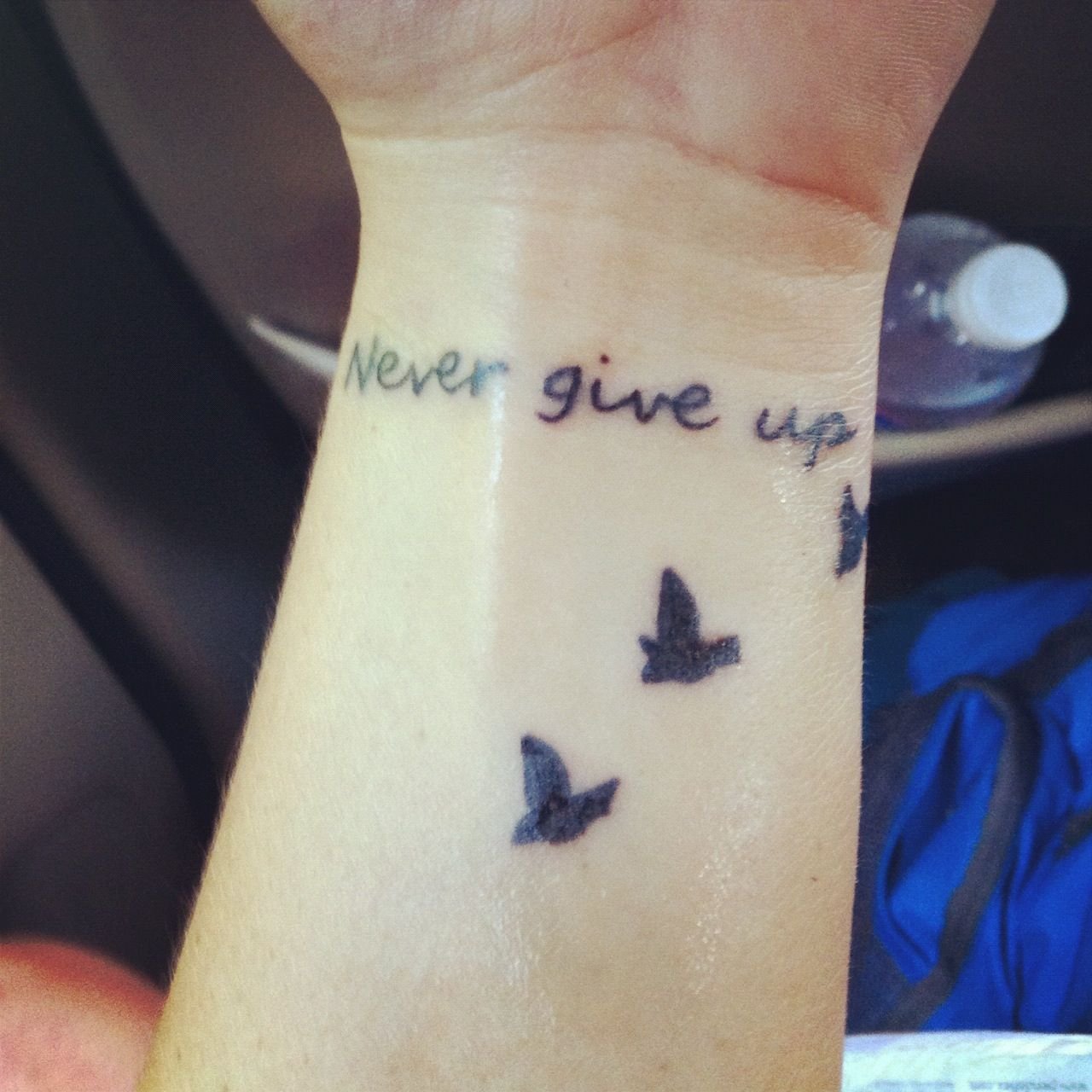





The Role of the Tattoo Artist
A tattoo artist, also known as a tattooist or tattooist, is a skilled professional who creates permanent designs on the skin using specialized tools and techniques. This requires a combination of artistic talent, technical skill, and a deep understanding of the client's vision. A talented tattoo artist can transform a simple concept into a stunning artwork that reflects the individual's personality and style.


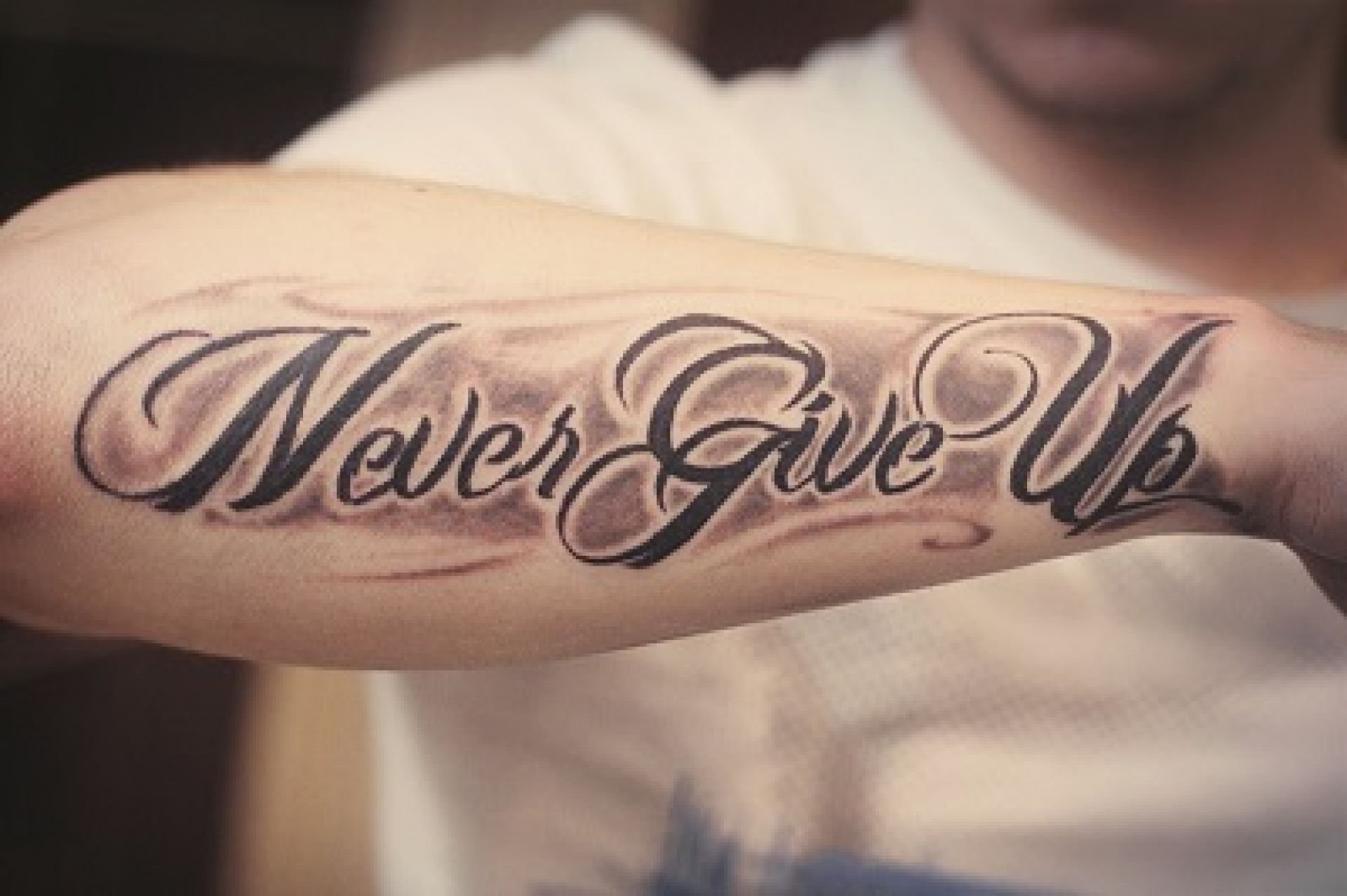
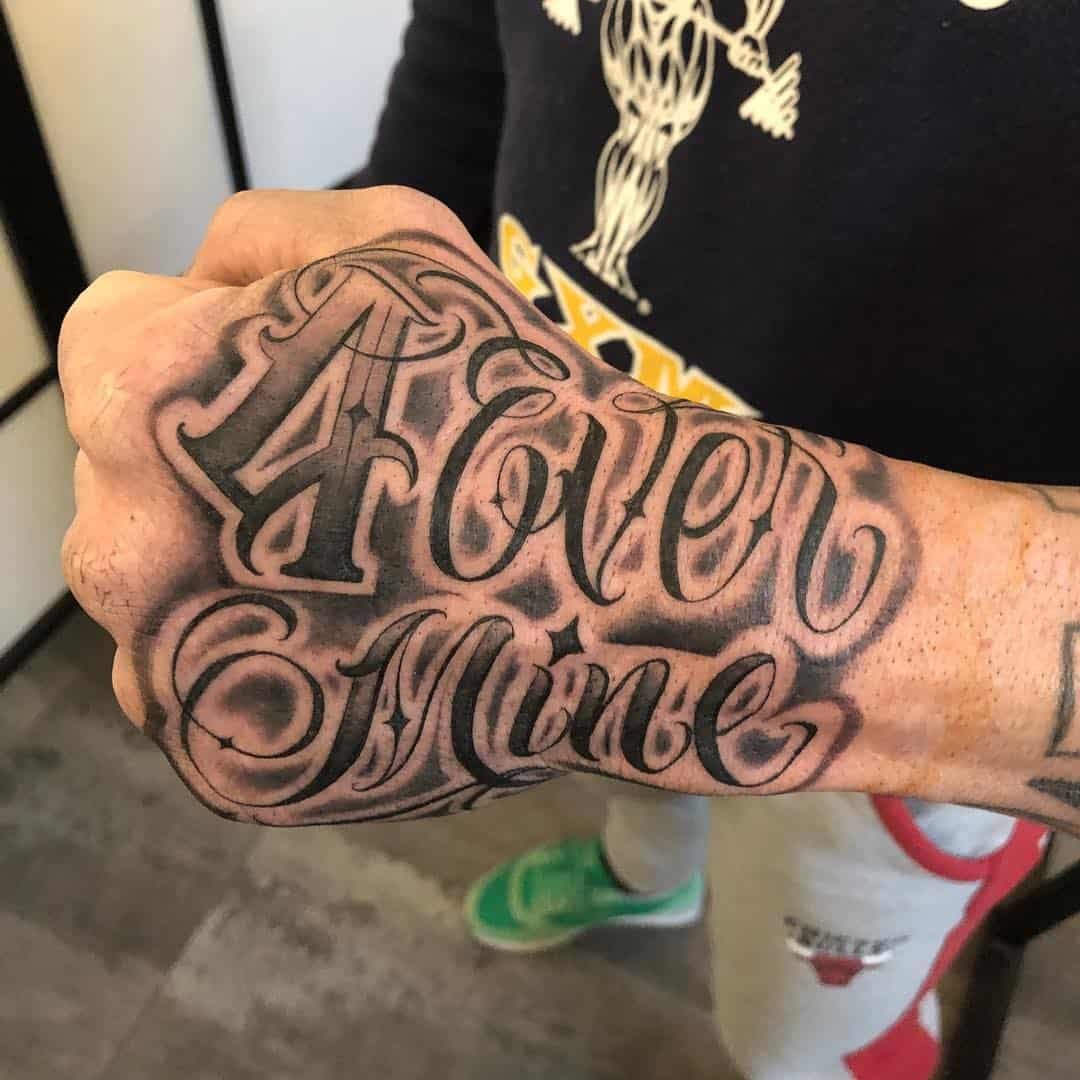






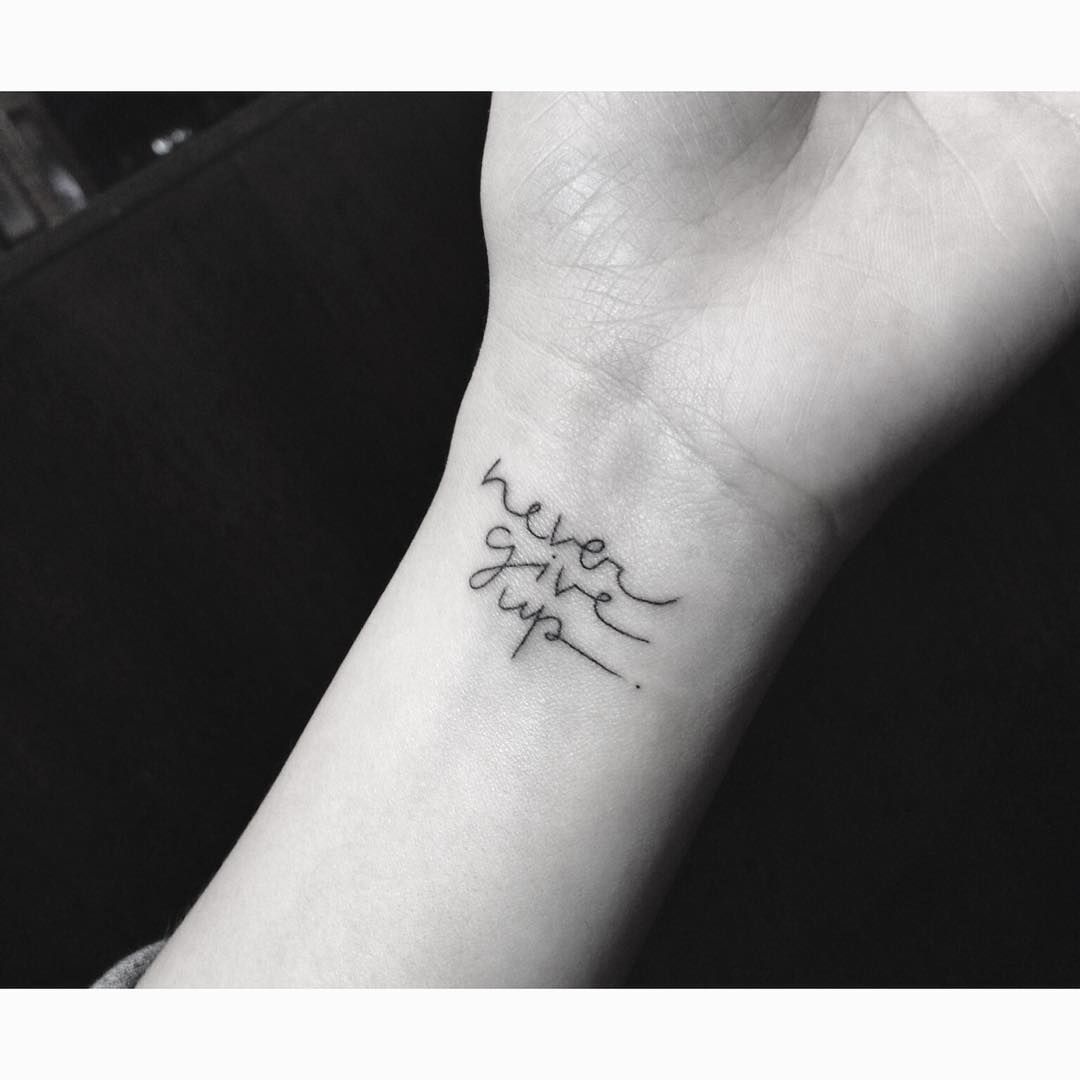









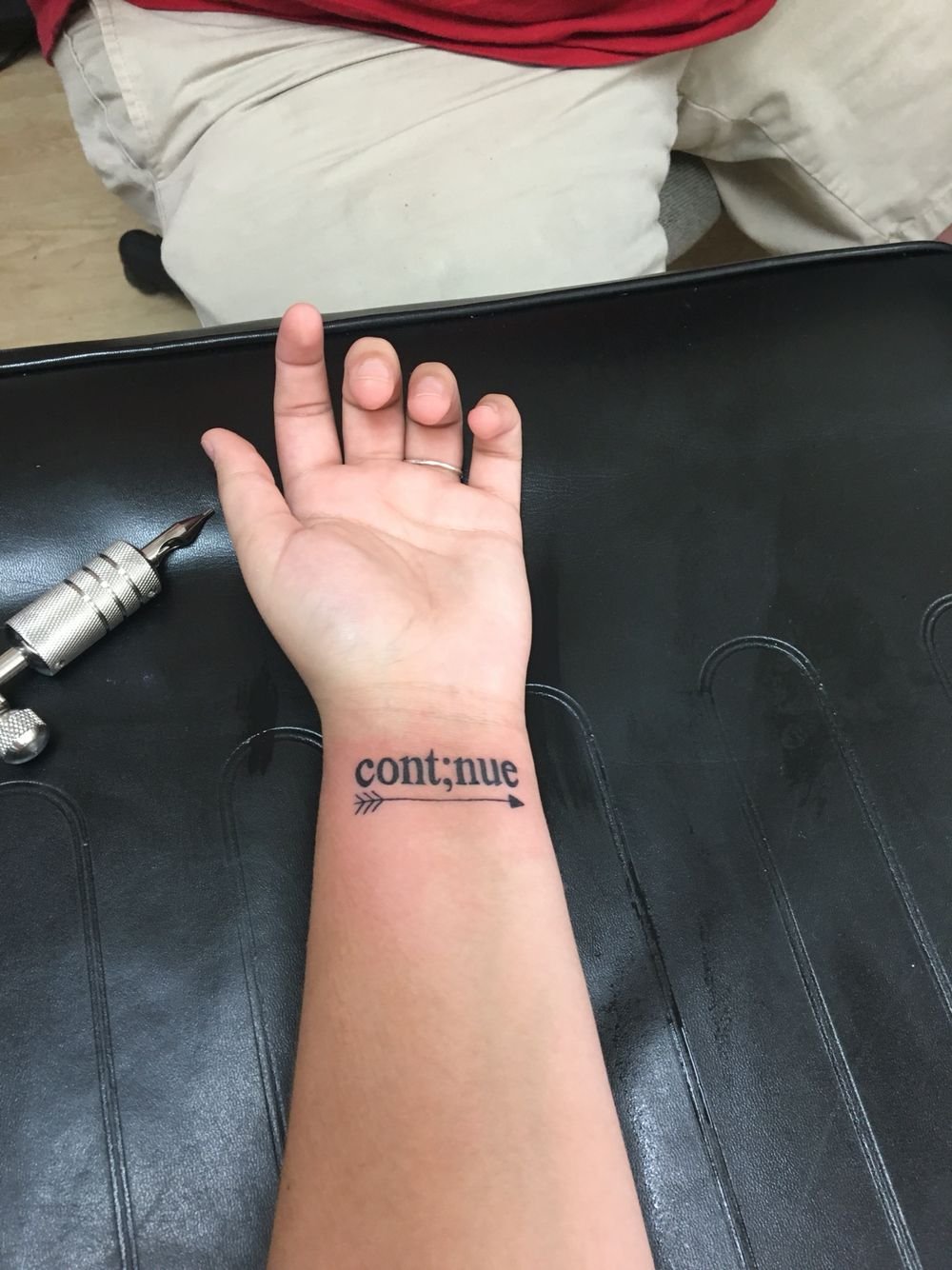

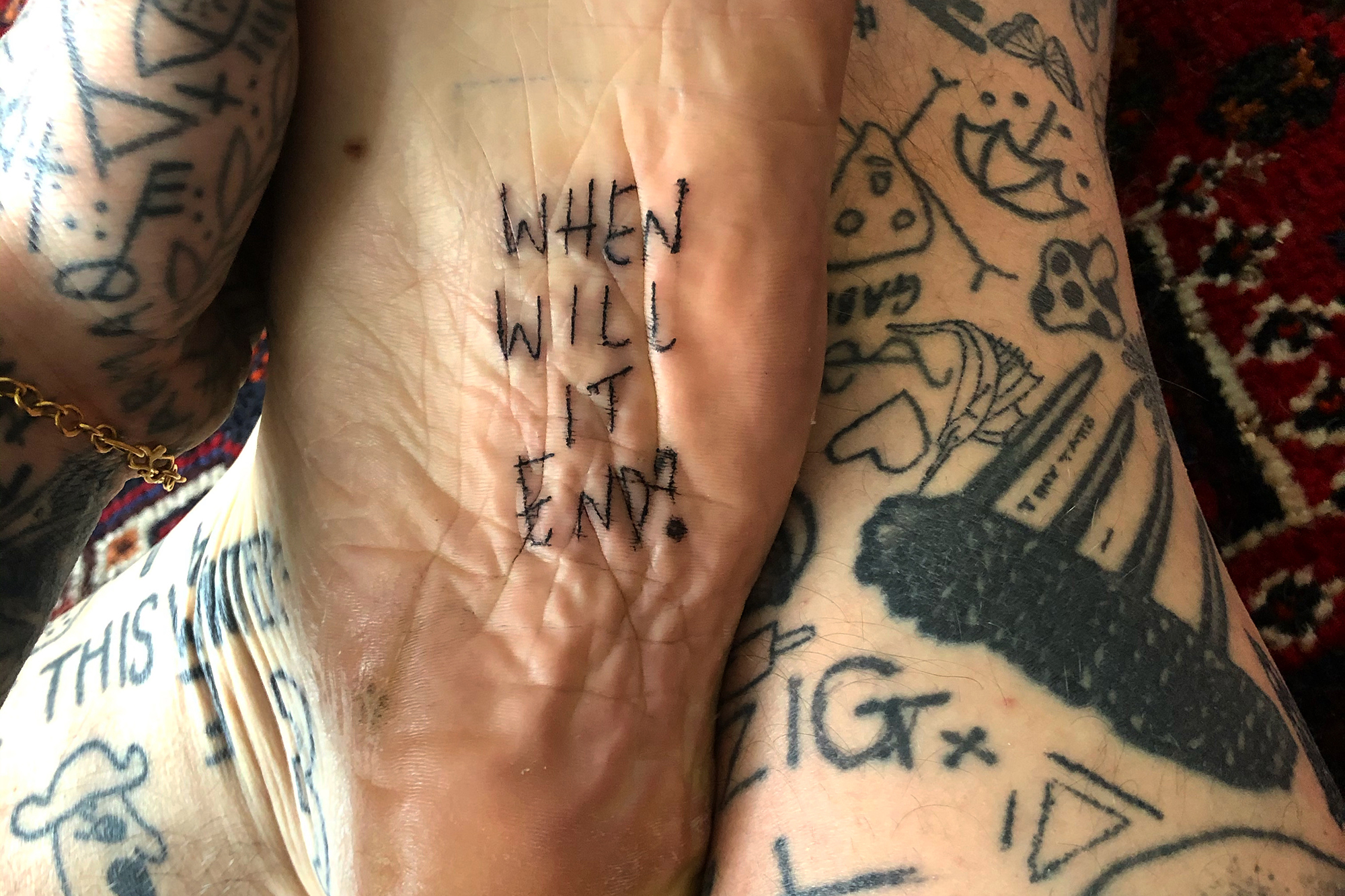
The Tattooing Process
The tattooing process involves several steps to ensure that the design is executed with precision and care. It begins with a consultation between the client and the tattoo artist, where they discuss the design, placement, and size of the tattoo. The artist then creates a stencil of the design, which serves as a guide during the tattooing process.
Once the stencil is ready, the artist prepares the client's skin by cleaning and shaving the area. They then use a tattoo machine, which consists of a needle attached to a motorized device, to penetrate the skin and inject ink into the dermis layer. The artist carefully controls the depth and speed of the needle to create precise lines, shading, and color gradients.
Throughout the process, the artist must maintain strict hygiene practices to prevent the spread of infections. They use single-use needles and dispose of them properly after each tattoo session. Additionally, they ensure that their work area is clean and sanitized.









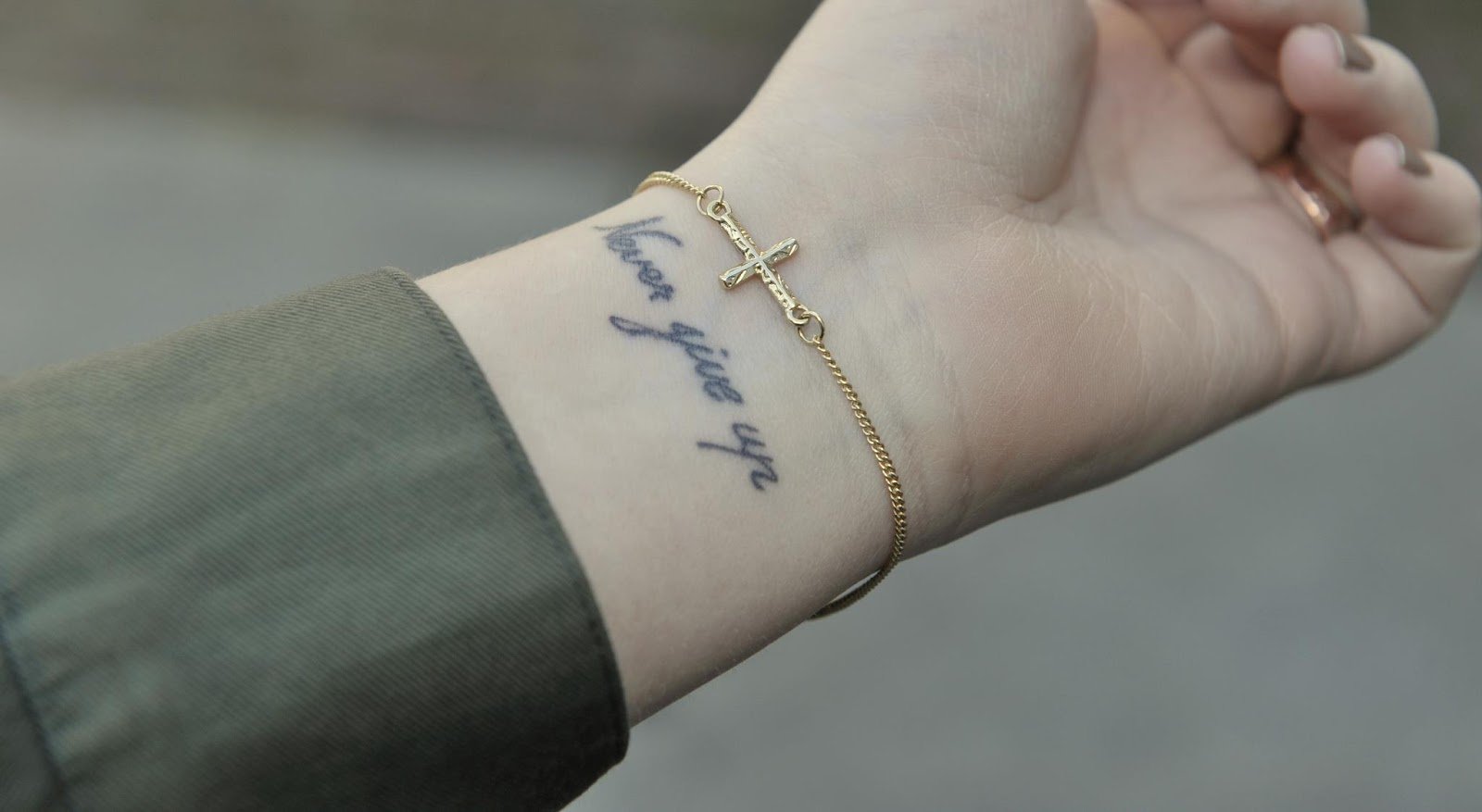





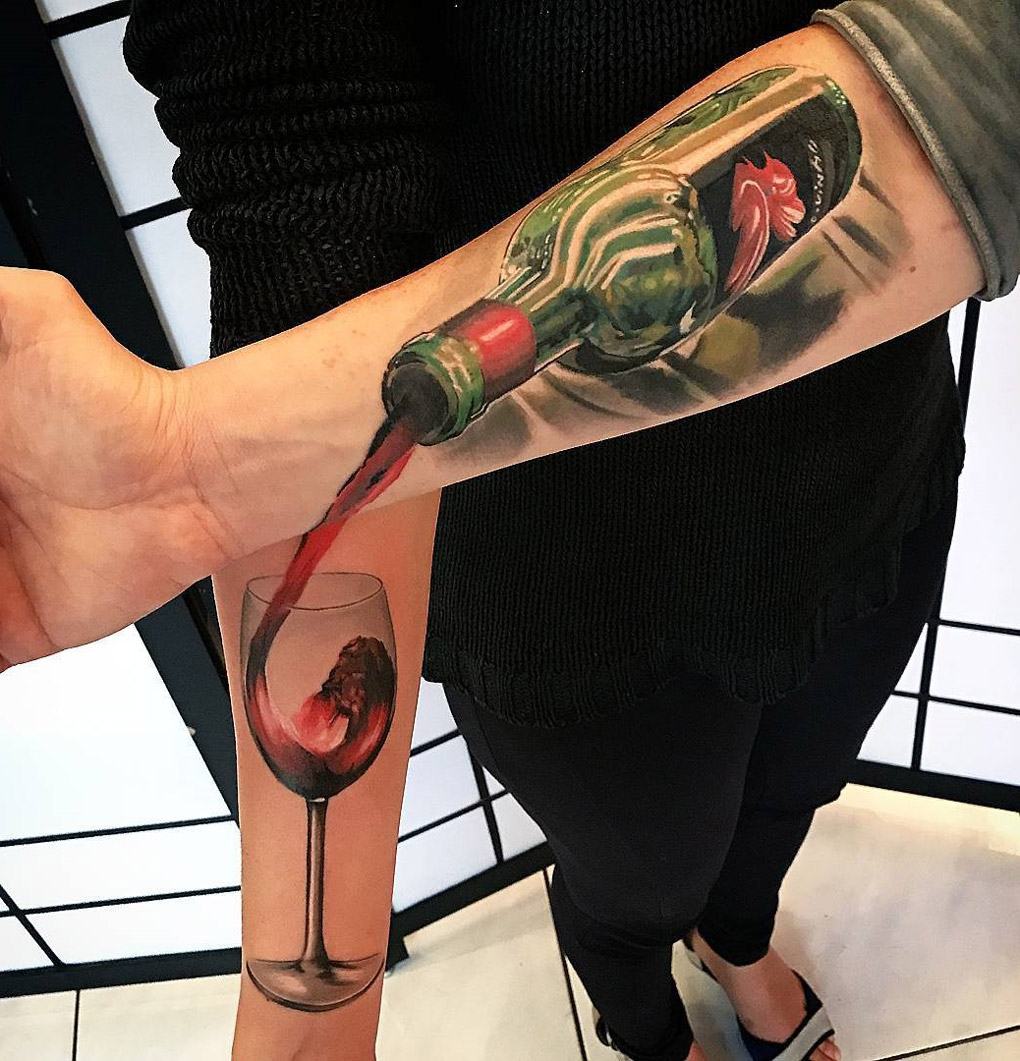


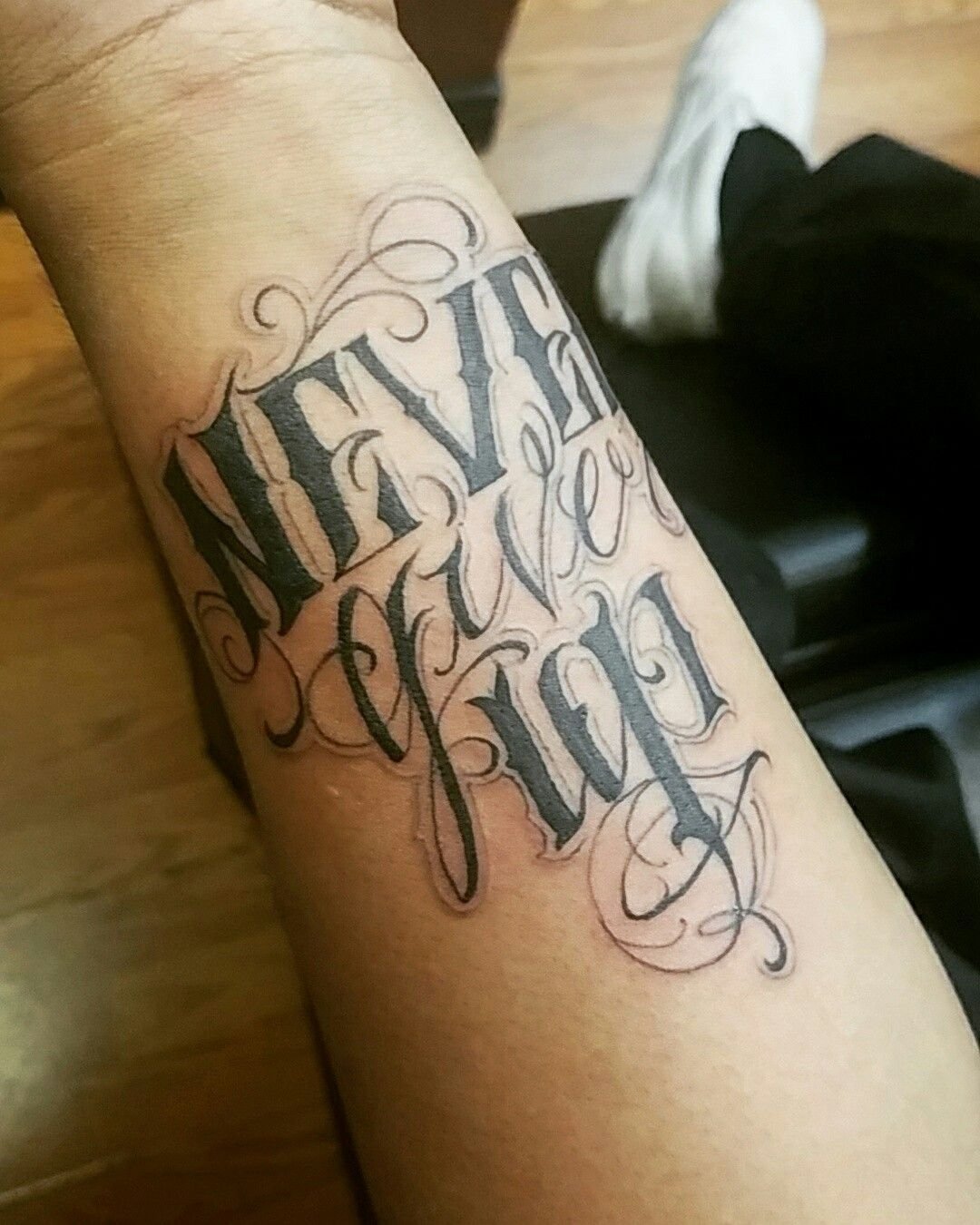




The Artistry of Tattoo Design
Tattoo design is a highly creative and personal process. It involves the collaboration between the client and the artist to bring the desired concept to life. The artist must have a keen eye for composition, color theory, and the ability to translate ideas into visual form.
There are various tattoo styles to choose from, each with its own unique characteristics. From traditional American tattoos to realistic portraits, blackwork, and watercolor tattoos, the possibilities are endless. A skilled tattoo artist is proficient in multiple styles and can create customized designs tailored to the client's preferences.
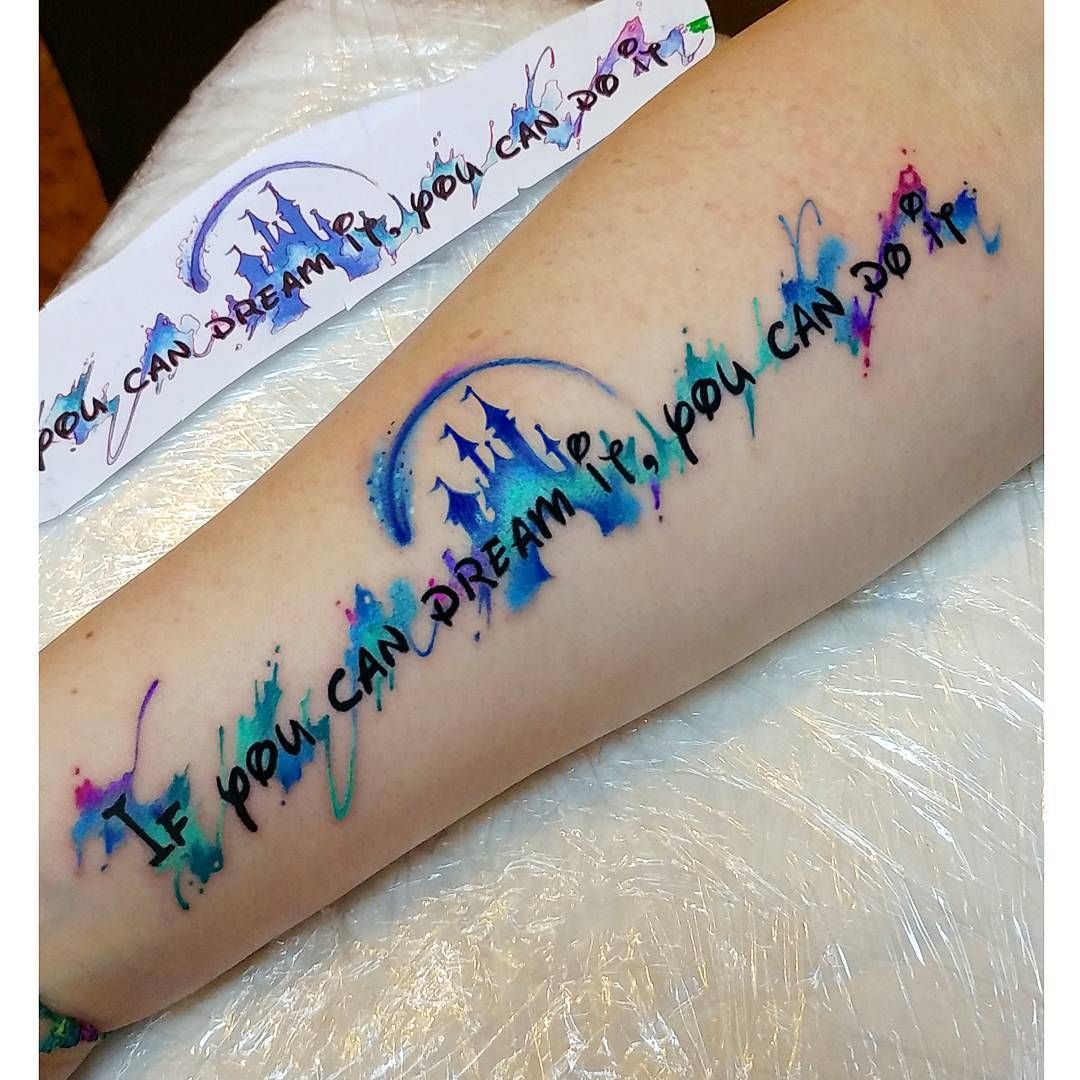
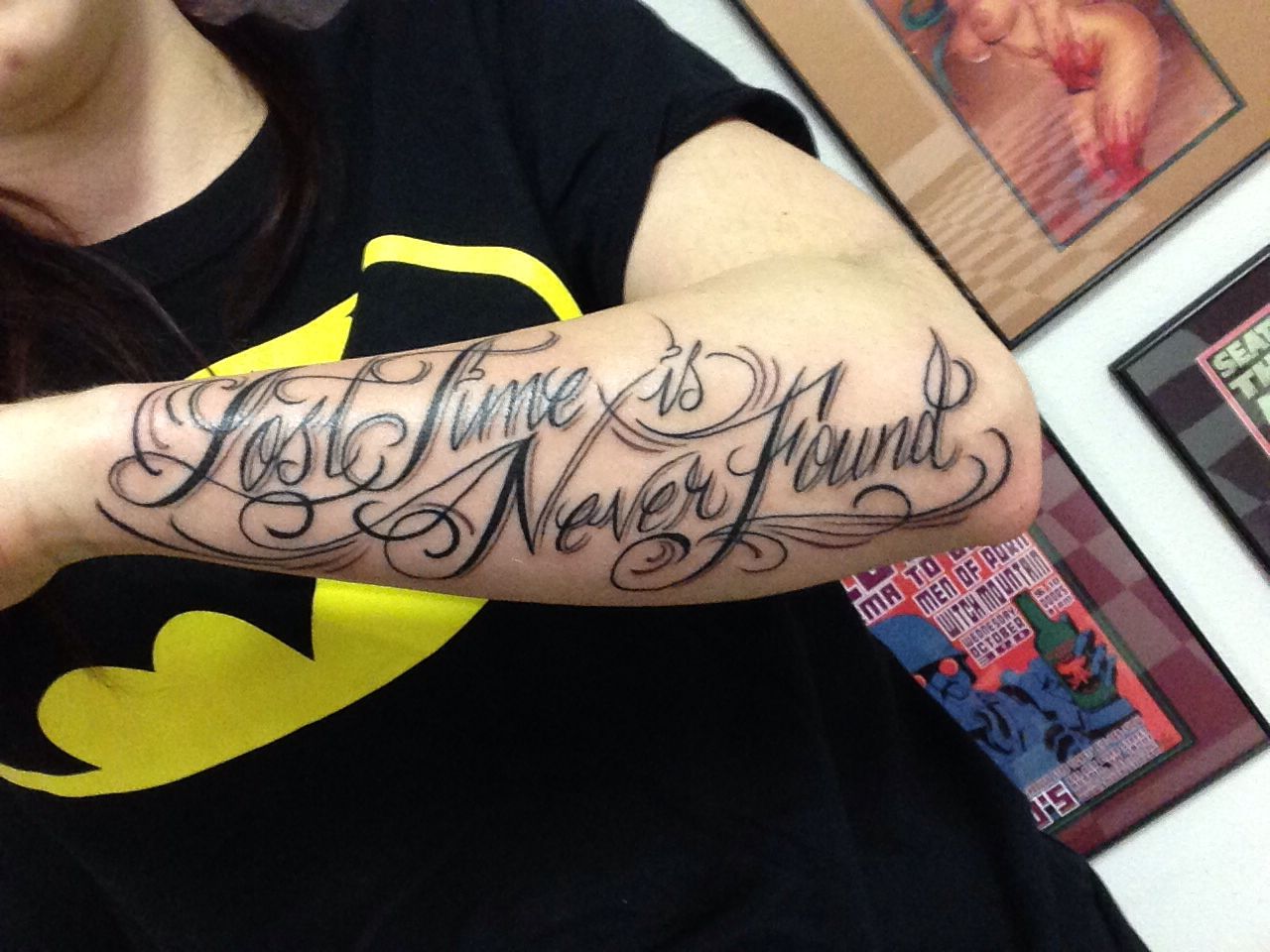


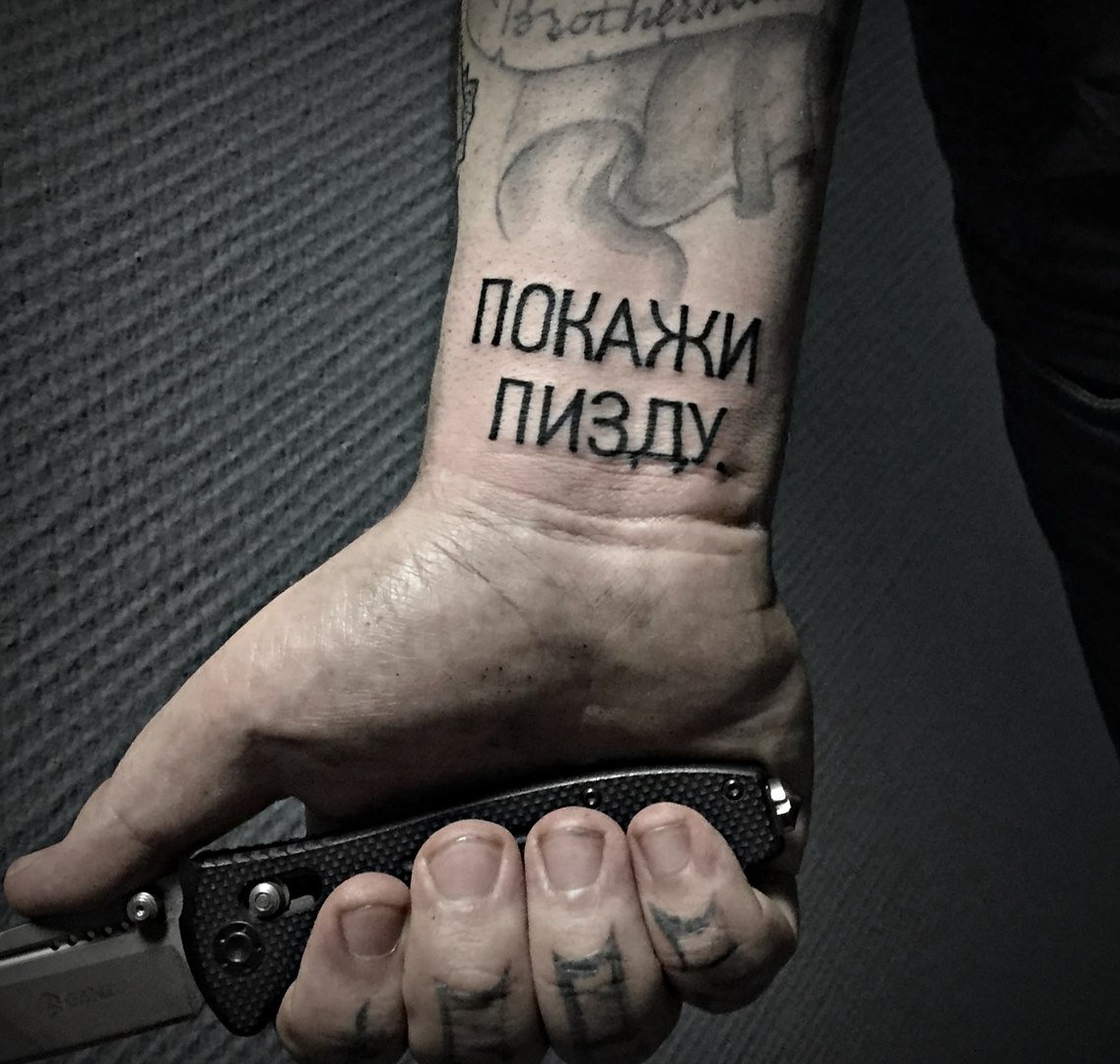




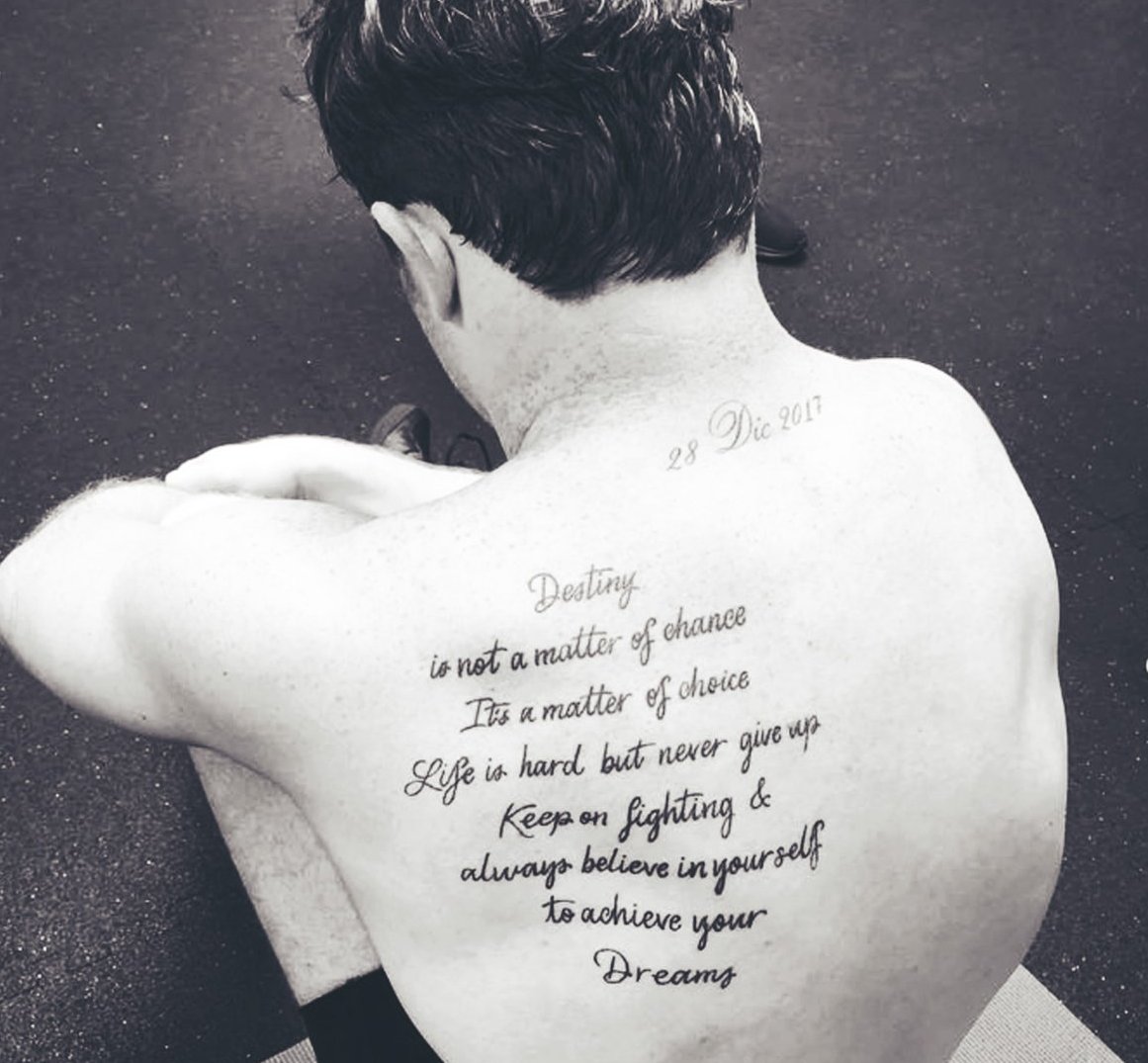






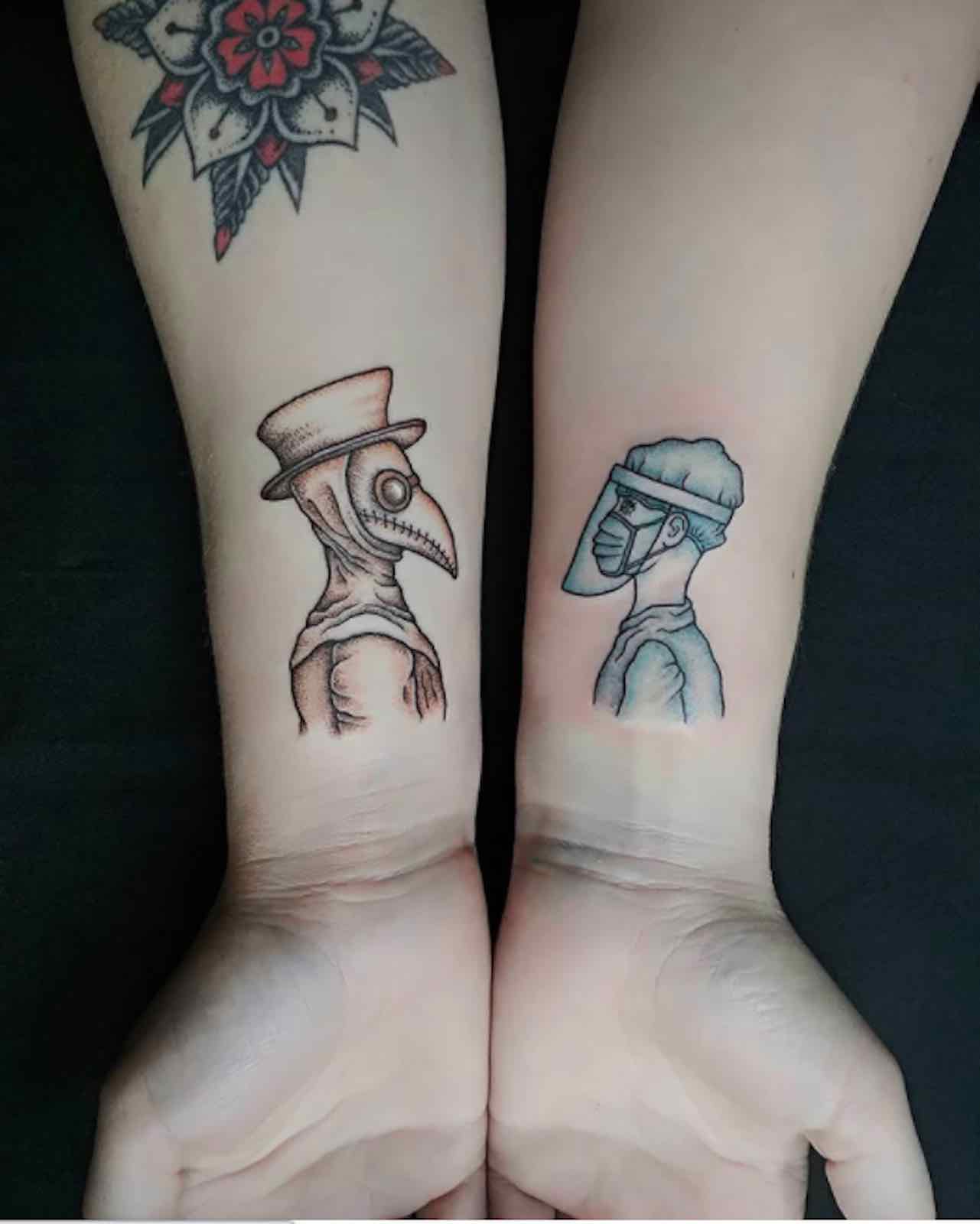
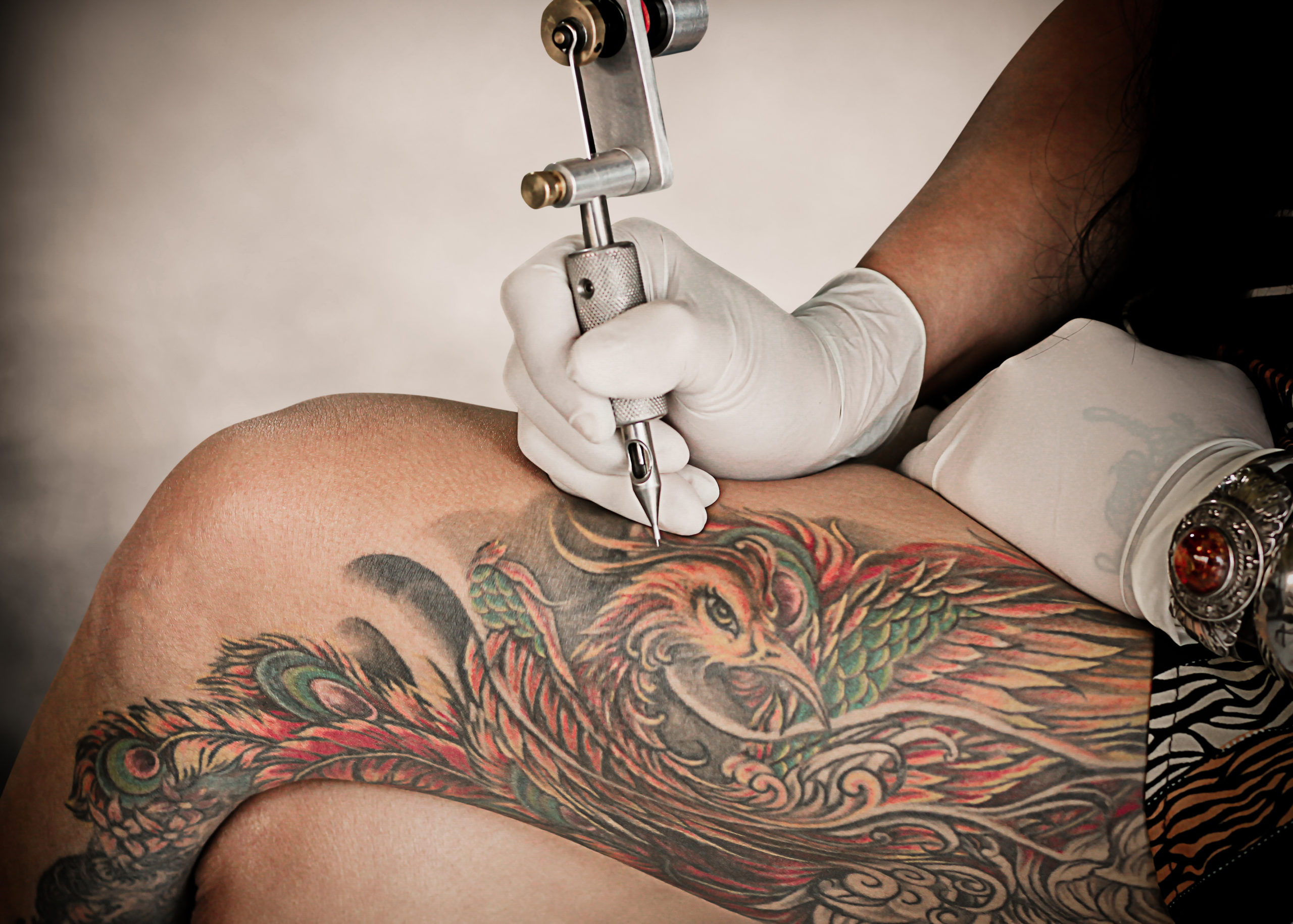





Caring for Your New Tattoo
Once the tattoo is complete, proper aftercare is crucial to ensure optimal healing and longevity of the design. The artist will provide detailed instructions on how to clean and moisturize the tattooed area, as well as avoid activities that may irritate or damage the fresh ink. Following these guidelines will help prevent infections and ensure that the tattoo heals beautifully.
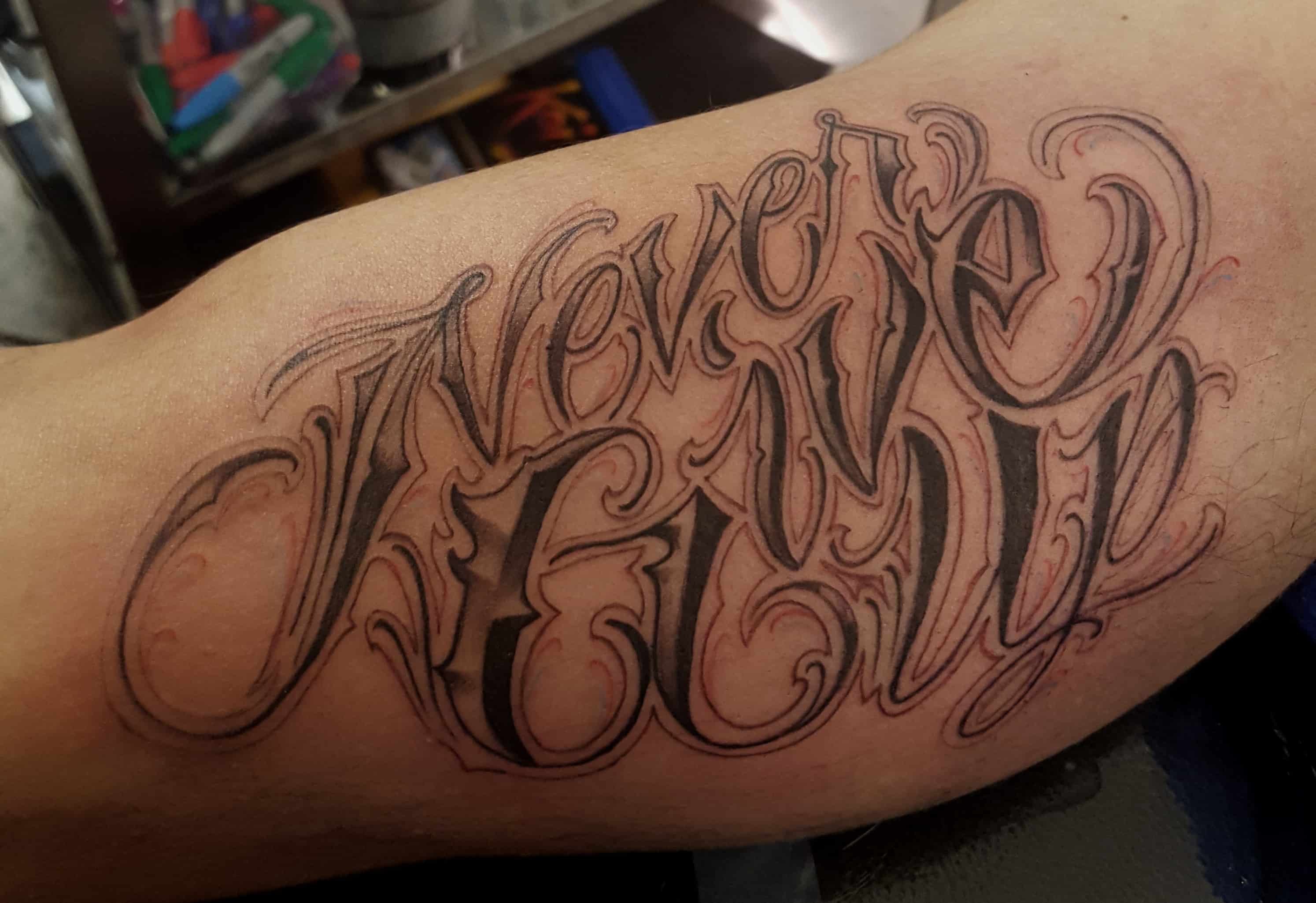






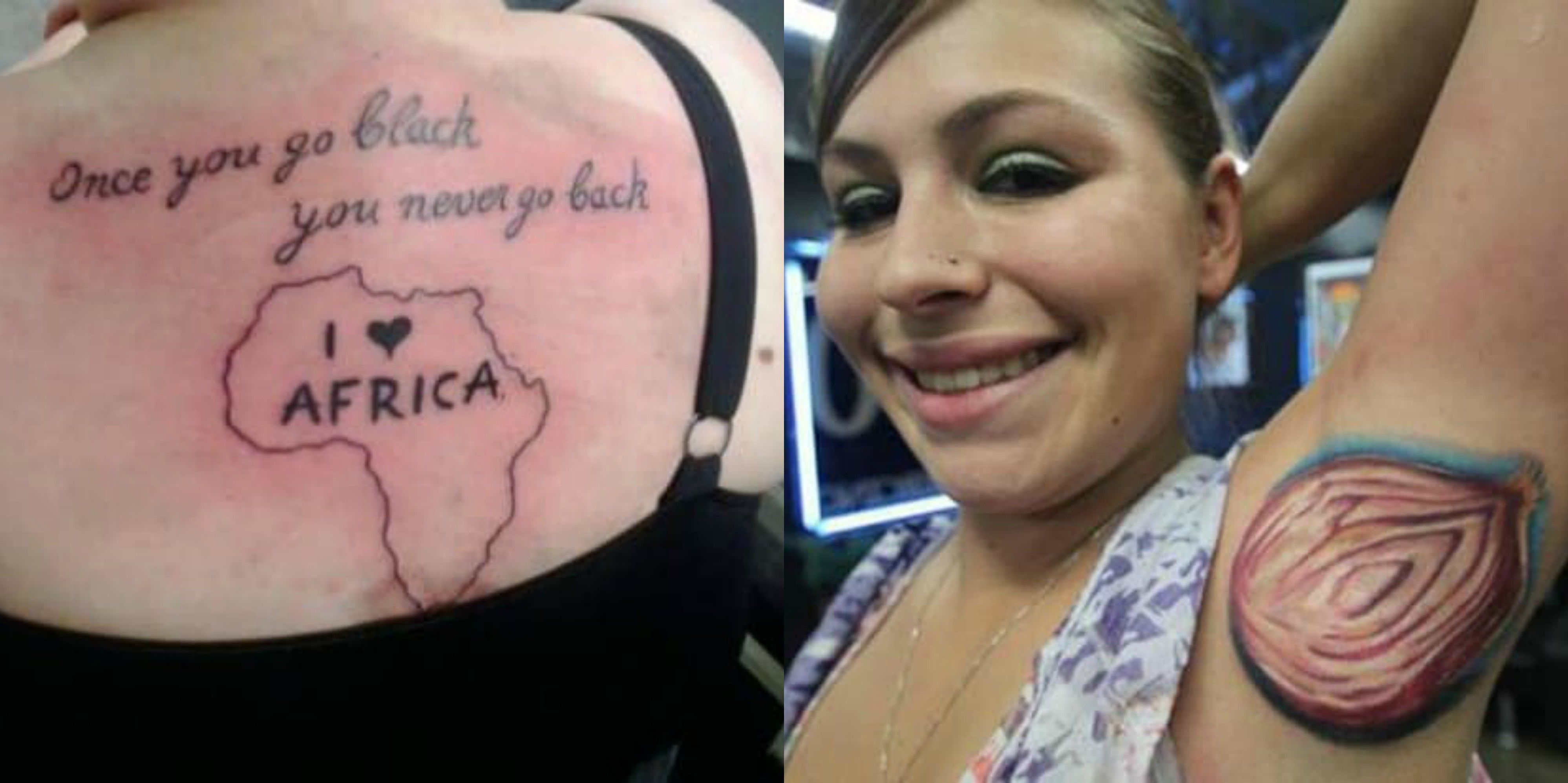
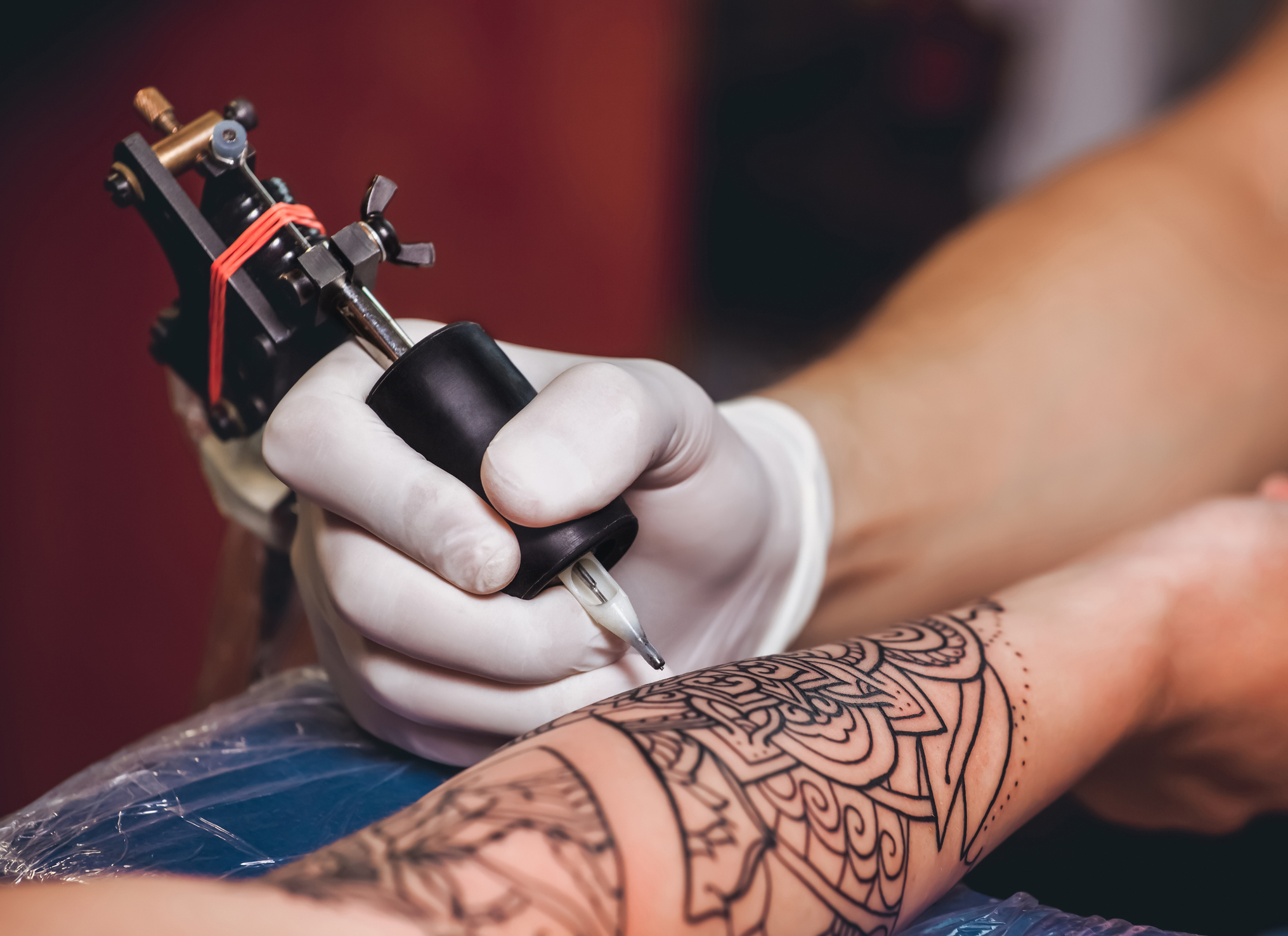

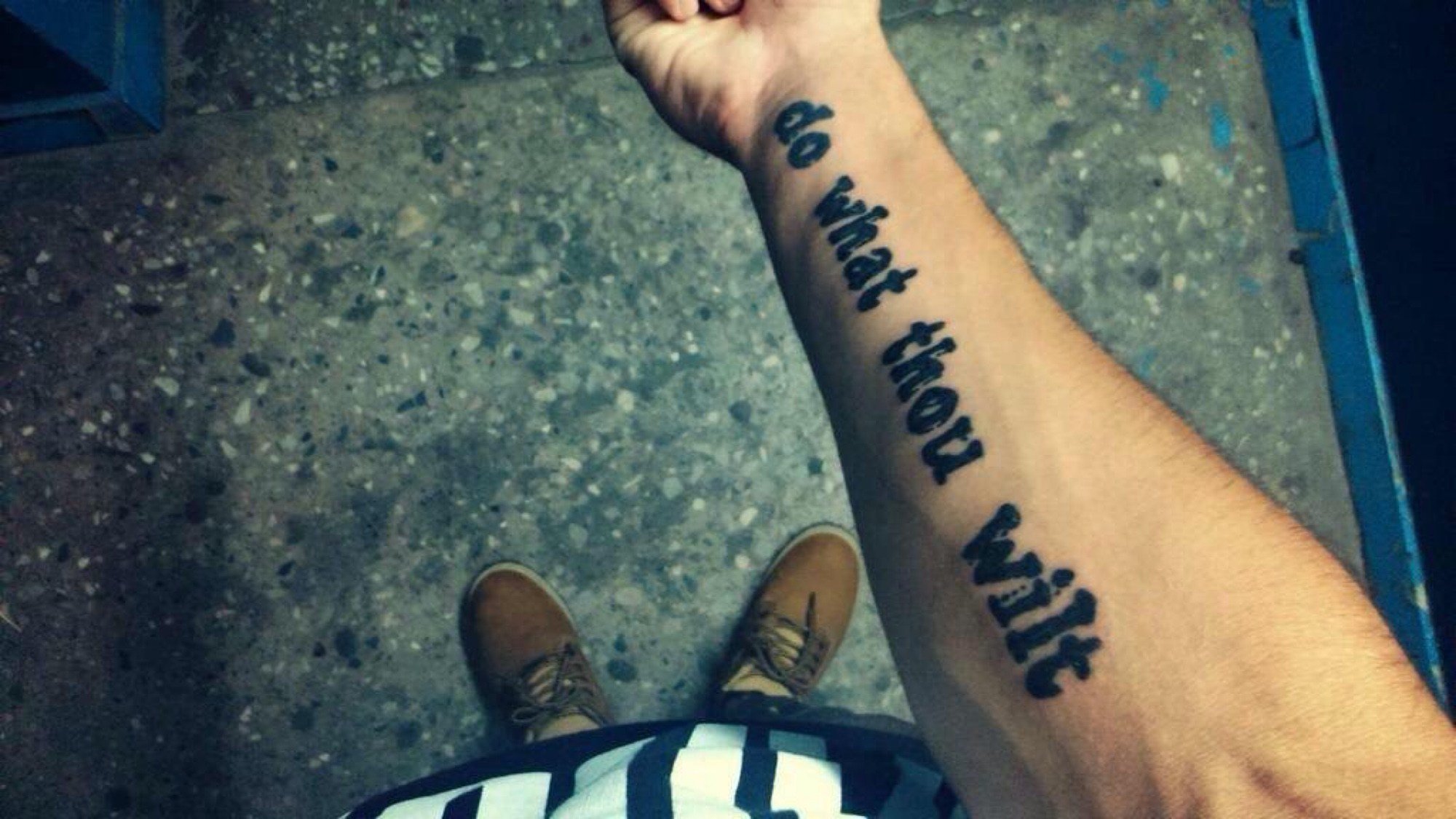
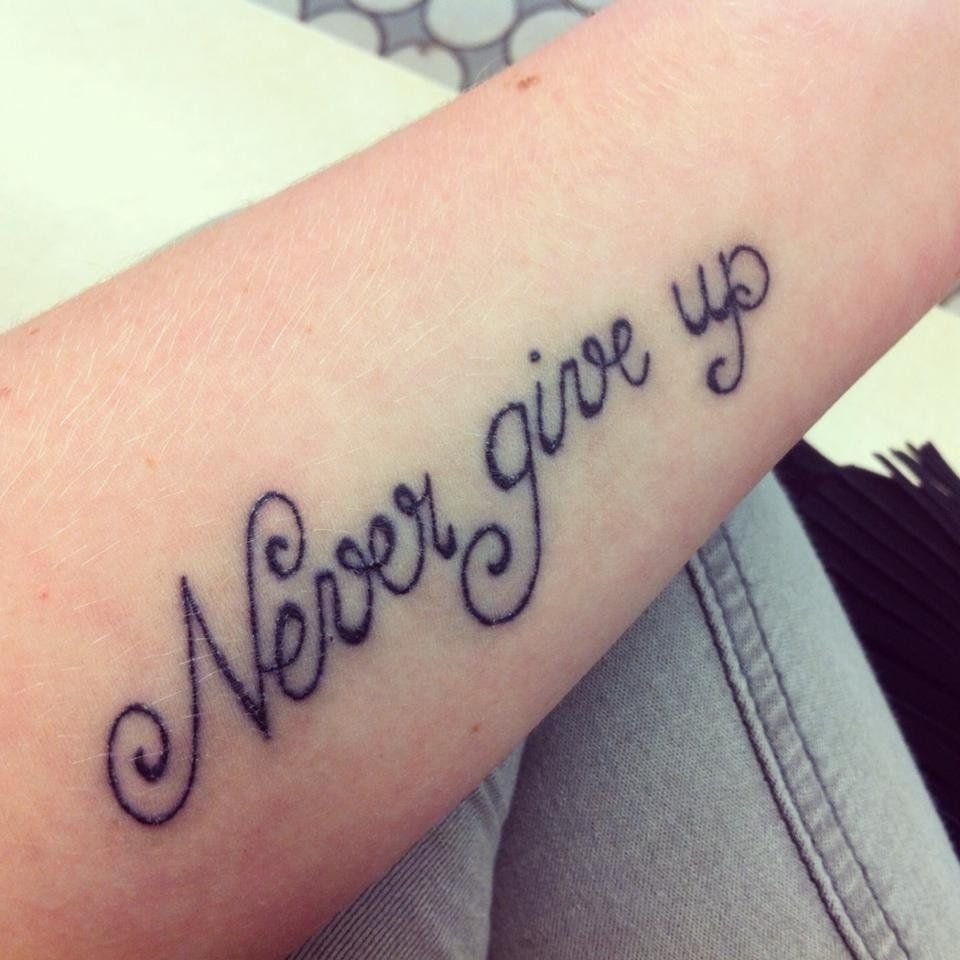




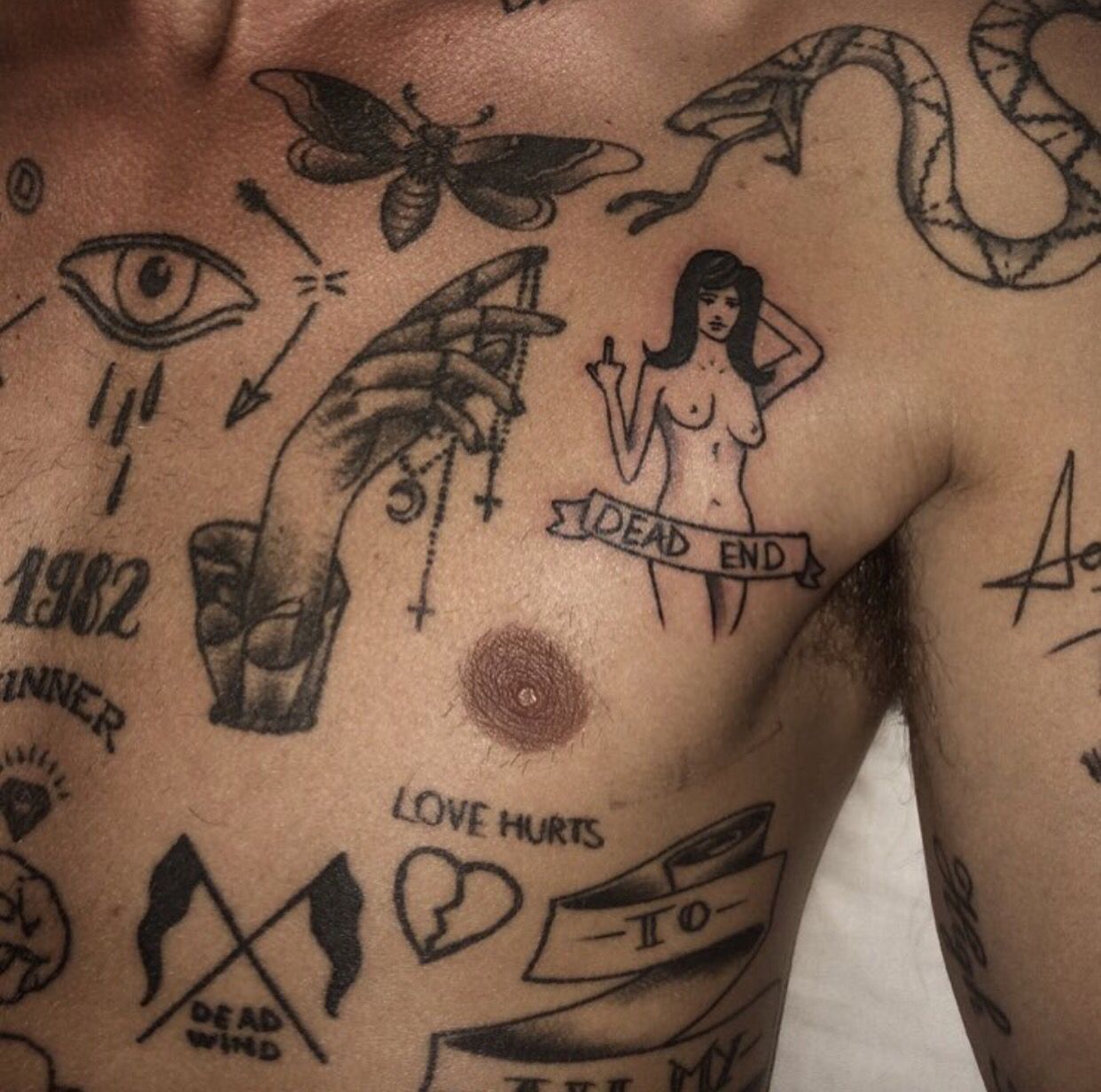


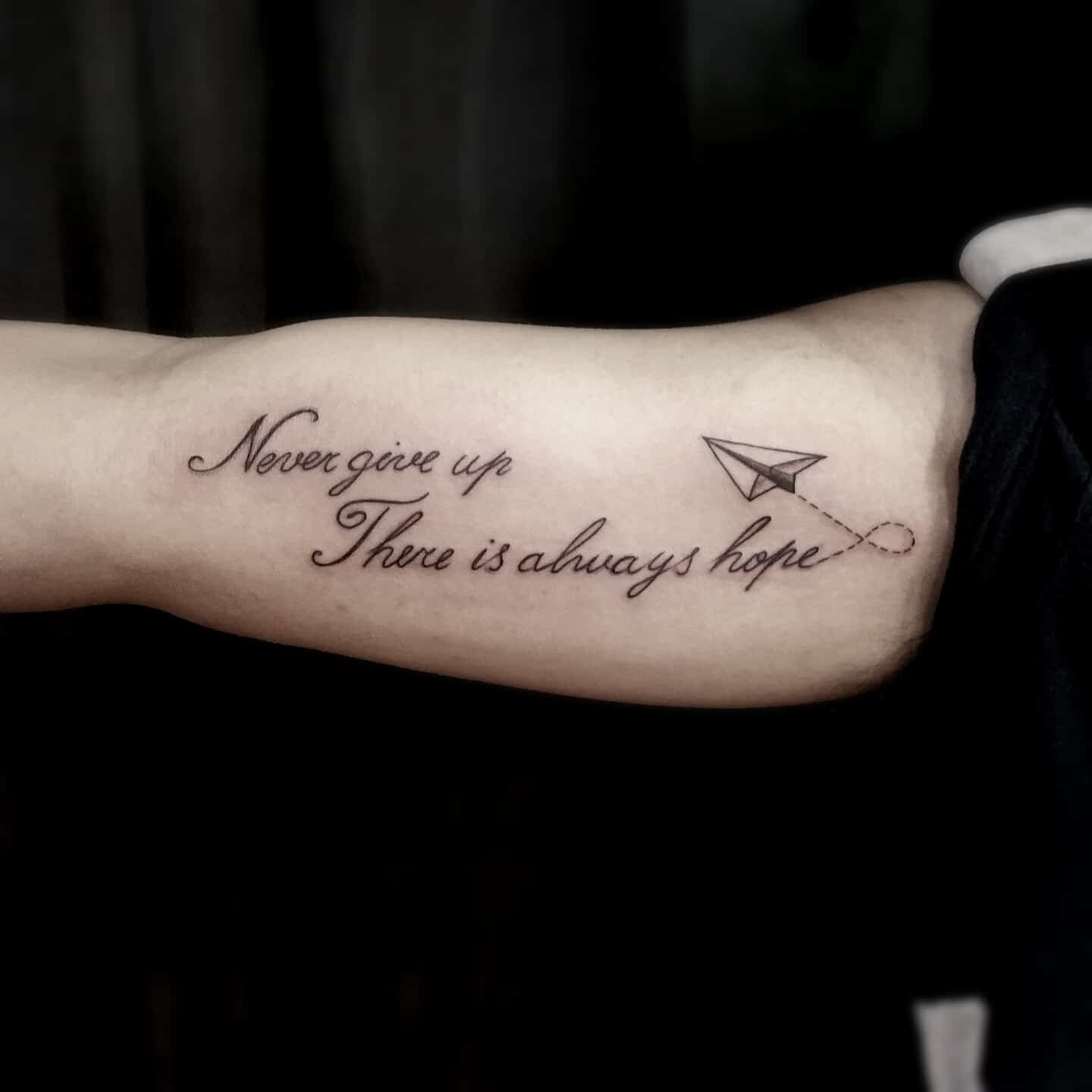



Conclusion
Giving tattoos is both an art form and a form of self-expression. Tattoo artists play a vital role in bringing clients' visions to life, creating stunning designs that leave a lasting impression. From the initial consultation to the final aftercare, the tattooing process requires skill, creativity, and a deep understanding of the client's desires. So, if you're considering getting a tattoo, take the time to find a reputable tattoo artist who can turn your ideas into a beautiful work of art.